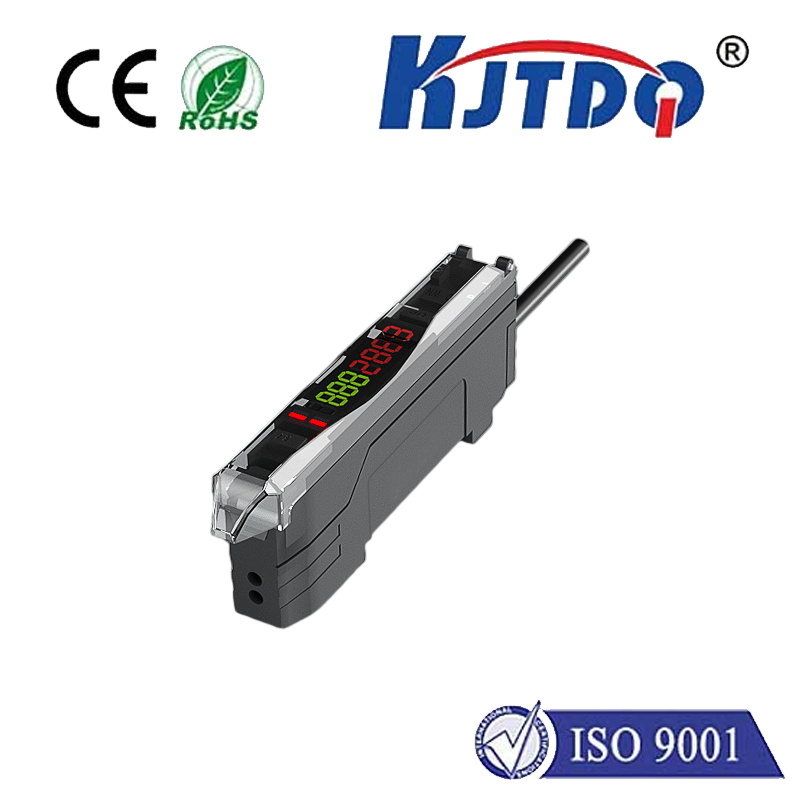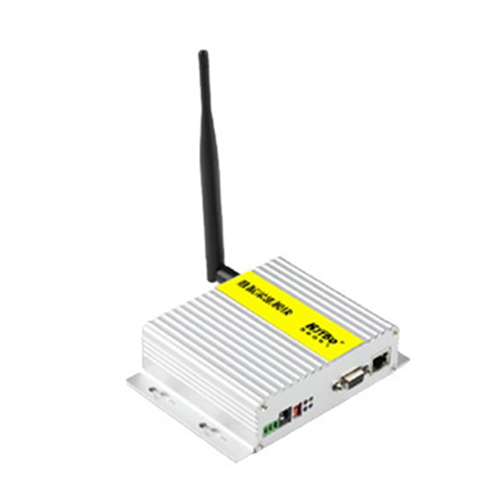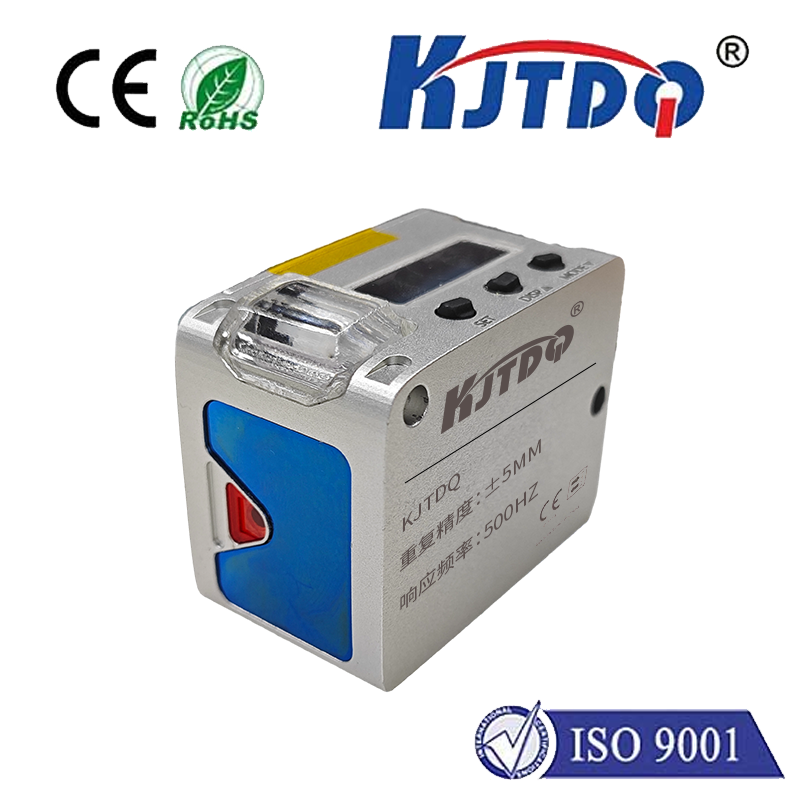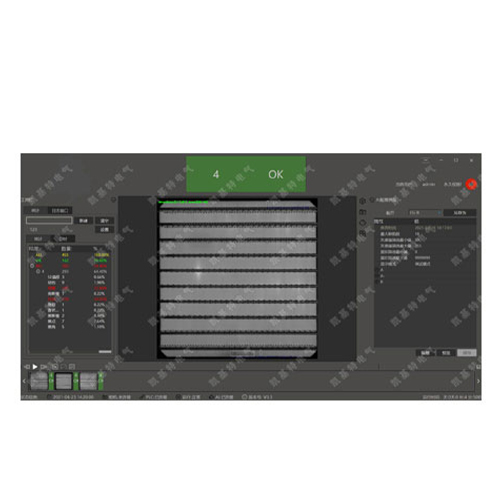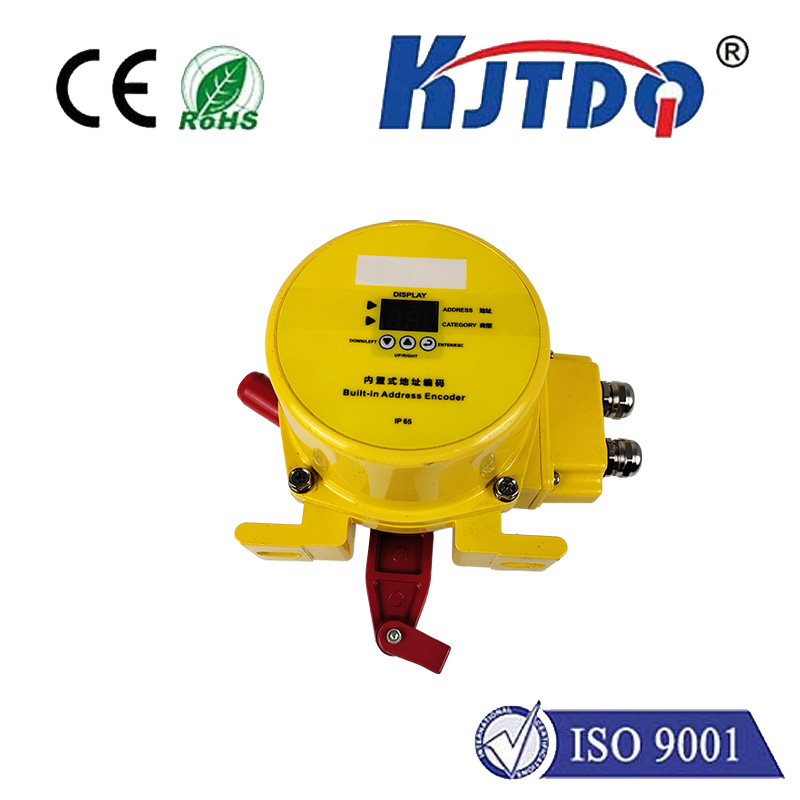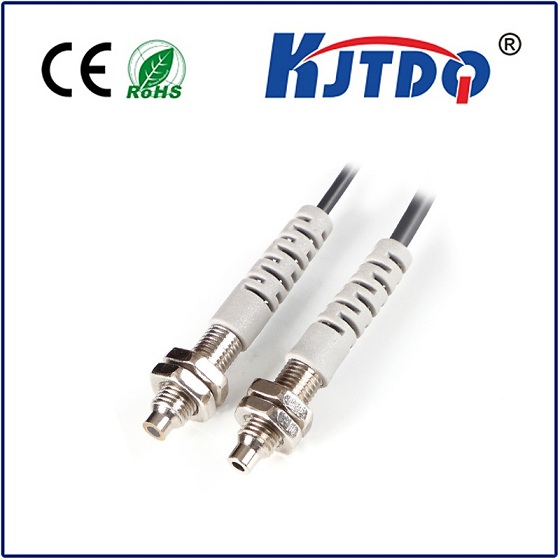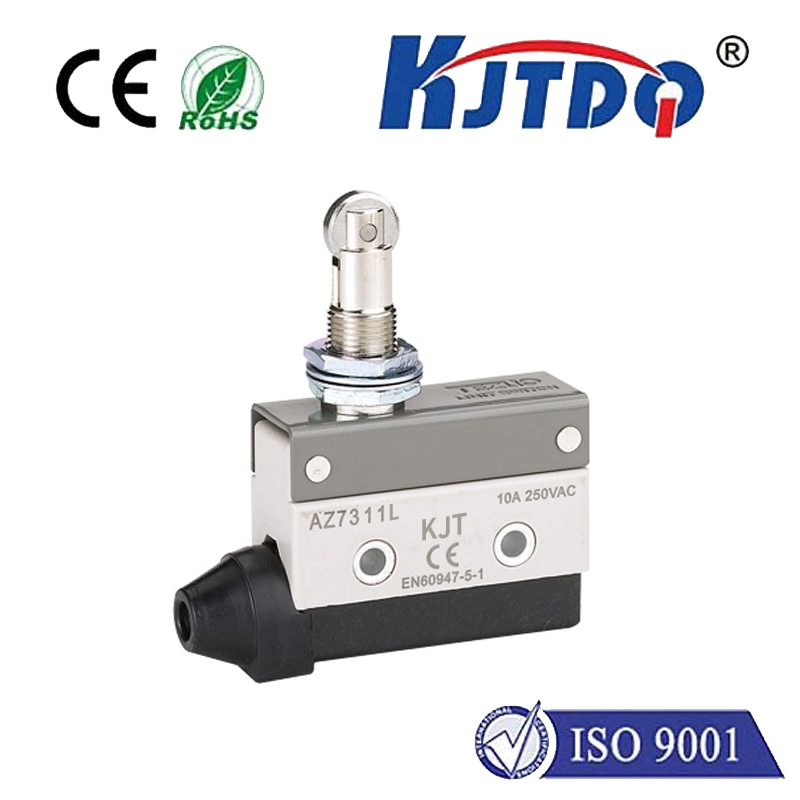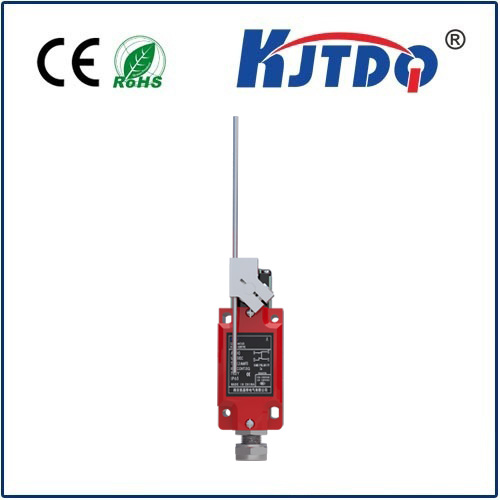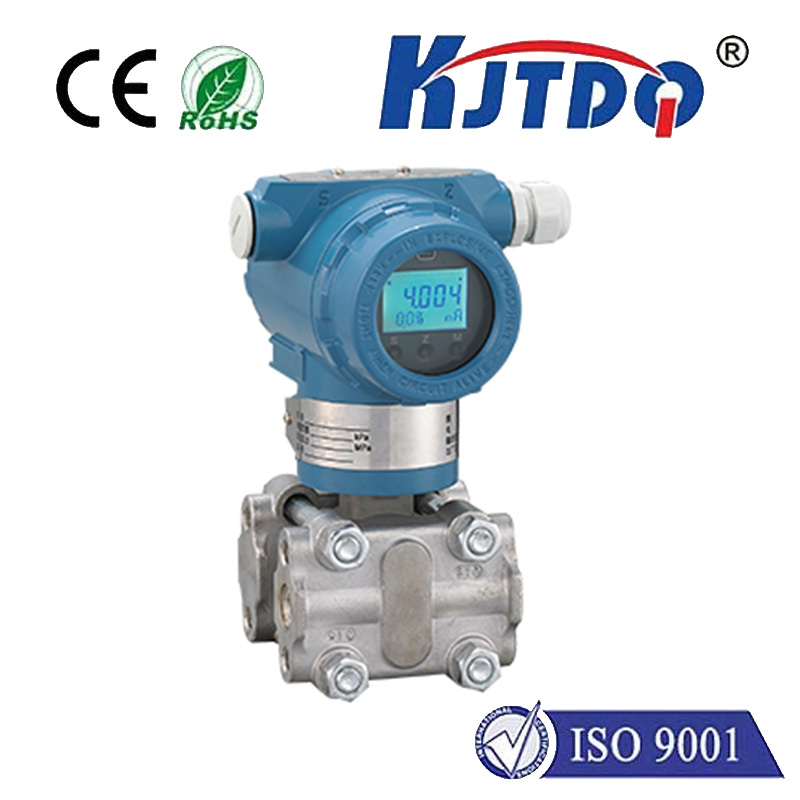

check

check

check

check

check

check

check

check

check

check
That familiar knot of anxiety tightening in your stomach as you approach a tight parallel parking spot. Sweaty palms gripping the wheel, neck craning desperately, the overwhelming sense of being inches away from a costly scrape or dent. Sound familiar? For countless drivers, navigating confined spaces remains a persistent challenge. Yet, a technological marvel has quietly revolutionized this everyday task: the parking proximity sensor. Far more than just a parking aid, this intelligent system acts as an essential safety net and a significant stress-reliever, transforming parking from a chore into a confident maneuver.
What Exactly is a Parking Proximity Sensor System?
Often simply called parking sensors, these devices are an advanced form of obstacle detection technology integrated into modern vehicles. Typically consisting of multiple small ultrasonic or electromagnetic sensors discreetly embedded within the front and/or rear bumpers, they continuously monitor the immediate surroundings of the car. When an obstacle (like a wall, another vehicle, a low bollard, or even a child’s toy) is detected within a predetermined range, the system instantly alerts the driver. Think of them as an invisible extension of your spatial awareness, constantly scanning blind spots you simply can’t see.
The Inner Workings: Seeing the Unseen

The predominant technology, especially for rear parking sensors, utilizes ultrasonic parking sensors. Here’s a simplified breakdown of their operation:
Front parking sensors operate on the same principle, becoming crucial when maneuvering into tight garages or navigating congested drive-thrus. Some advanced systems combine ultrasonic with cameras or even short-range radar for enhanced coverage and accuracy.
Beyond Convenience: The Tangible Benefits
The advantages of installing or owning a vehicle equipped with proximity detection sensors extend far beyond mere parking assistance:
Modern Advancements: Integration is Key
The evolution of parking proximity sensors has been marked by increasing sophistication:
A Vital Component of Modern Driving
Parking proximity sensors have transitioned from being a luxury add-on to a near-essential safety feature and fundamental tool for parking assistance. They address a genuine, everyday pain point faced by drivers of all experience levels. By providing reliable obstacle detection and intuitive alerts, these sensors empower drivers with enhanced spatial awareness, prevent costly accidents, and significantly reduce the stress associated with navigating complex urban environments and confined parking spots. They are truly the silent co-pilot, working tirelessly to make every journey’s beginning and end smoother, safer, and infinitely more confident. Whether navigating a bustling city street or backing into your own garage, the confidence bestowed by these intelligent sensors is undeniable. For anyone who has ever experienced the sinking feeling of an unexpected scrape, they represent not just convenience, but tangible peace of mind.
